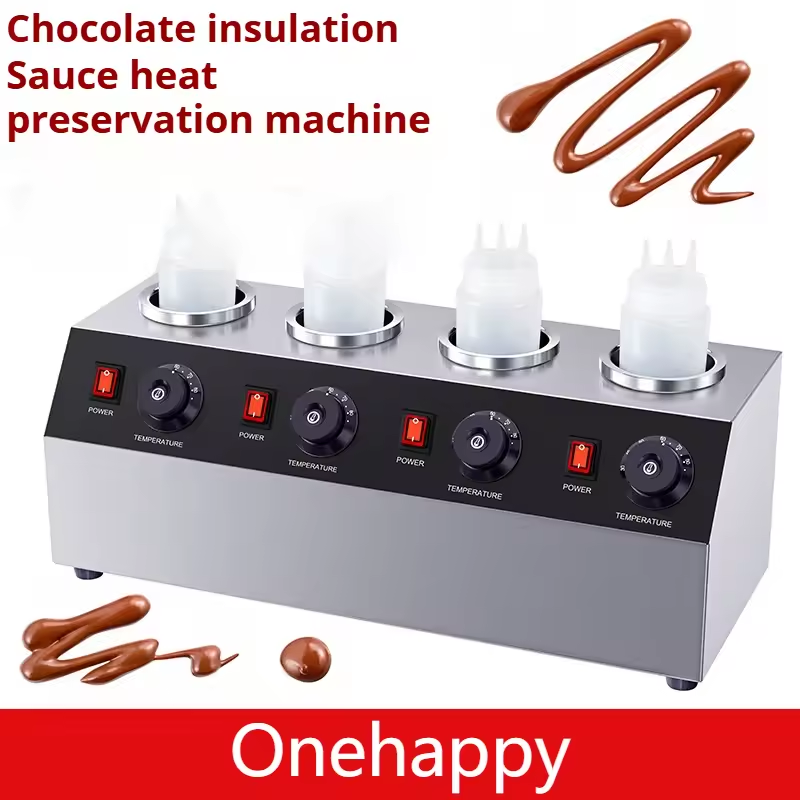Professional sauce warming is a critical skill in commercial kitchens, requiring precise temperature control and the right equipment to maintain consistency and quality. Whether you're working with chocolate, cheese, or specialty sauces, understanding the fundamentals of sauce warming will elevate your culinary operations.
Understanding Temperature Control
The foundation of professional sauce warming lies in precise temperature control. Different sauces require specific temperature ranges to maintain their optimal consistency and prevent separation or burning. The E1000W Professional Sauce Warmer's thermostatic control system ensures consistent temperature maintenance across all applications.
Chocolate work requires temperatures between 88-90°F (31-32°C) for dark chocolate and 84-86°F (29-30°C) for milk chocolate. Cheese sauces typically perform best at 140-160°F (60-71°C), while specialty sauces may require custom temperature settings based on their specific ingredients and consistency requirements.
Equipment Selection Criteria
Choosing the right sauce warming equipment is crucial for professional success. Key factors include power output, temperature range, construction materials, and ease of cleaning. The 1000W power output provides rapid heating capabilities, while stainless steel construction ensures durability and easy maintenance in commercial environments.
Professional-grade equipment should feature precise thermostatic controls, even heat distribution, and the ability to maintain consistent temperatures under varying load conditions. The dual-zone capability allows for simultaneous warming of different sauce types at their optimal temperatures.
Commercial Kitchen Best Practices
Implementing proper sauce warming procedures in commercial kitchens requires attention to food safety, efficiency, and consistency. Always preheat equipment to the desired temperature before adding sauces, and monitor temperatures regularly to ensure optimal performance.
Establish clear protocols for sauce preparation, warming procedures, and equipment maintenance. Train staff on proper temperature monitoring techniques and the importance of consistent stirring to prevent hot spots and ensure even heating throughout the sauce.
Maintenance and Longevity
Regular maintenance is essential for optimal performance and equipment longevity. Clean equipment thoroughly after each use, paying special attention to heating elements and temperature sensors. Schedule regular calibration checks to ensure accurate temperature control and replace worn components promptly.
Proper storage and handling of equipment between uses will extend its operational life and maintain consistent performance. Follow manufacturer guidelines for cleaning solutions and maintenance procedures to preserve warranty coverage and ensure food safety compliance.
